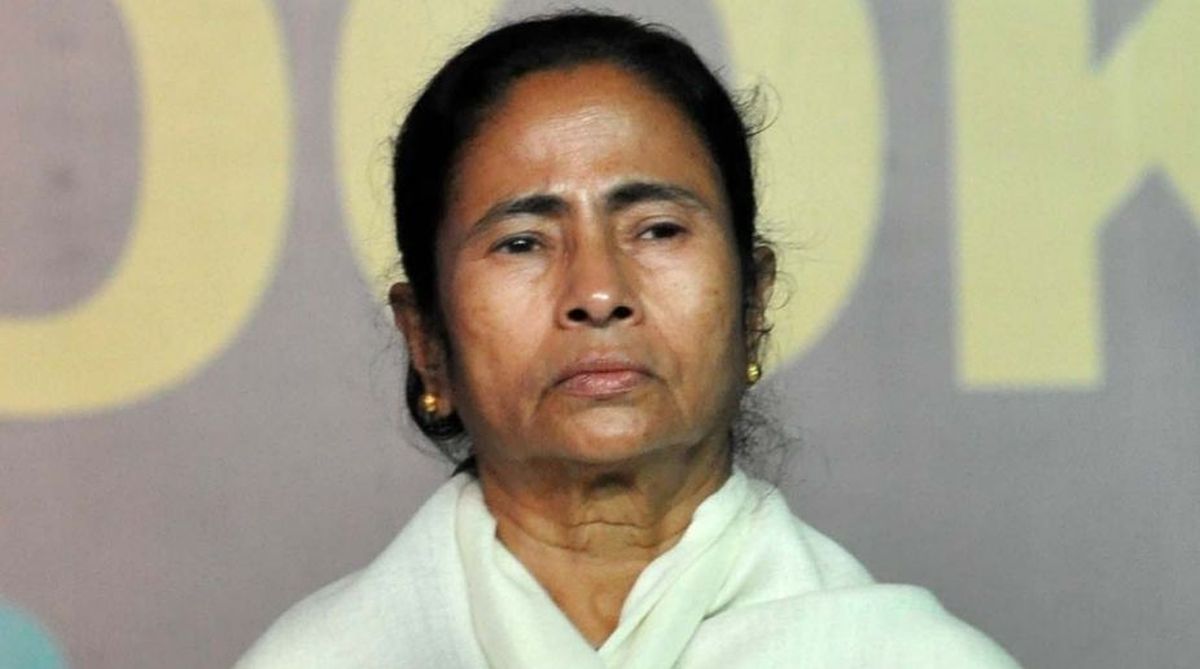Mamata to address twin rallies in Asansol on Saturday
Law minister Moloy Ghatak, chairman of AMC, Amarnath Chatterjee and other top TMC leaders inspected both the venues in Asansol and Kulti, today.

West Bengal Chief Minister Mamata Banerjee. (Photo: IANS/File)
Kolkata was “turned upside down” last Saturday to summon the title of the seminal work on the English Revolution by one of the finest historians, Christopher Hill ~ The World Turned Upside Down.
Whether or not the Bharatiya Janata Party’s government at the Centre is dumped in 2019 ~ as Mamata Banerjee hopes ~ it is time for the Trinamul Congress leadership to reflect on how Martyrs’ Day has, over the years, become progressively disruptive, almost to the point of throwing the city out of joint as seldom before, surely never in recent years.
This time, on the eve of the Lok Sabha elections, the West Bengal Chief Minister did sound excessively optimistic. Her starry-eyed calculations would give the BJP only 150 seats and all the 42 (West Bengal’s quota) to the Trinamul Congress. This scarcely debunks the defeat of the no-trust motion in the Lok Sabha against the Modi government the previous day (325-126 votes).
Advertisement
Much as we mourn the deaths of 13 Youth Congress activists, who fell to the police bullet in the Chowringhee area on 21 July 1993, it is hard not to wonder whether the focus of the occasion has been thoroughly deflected, with the difference that the obligatory ranting against the CPI-M has now given way to a robust denunciation of the BJP.
The aversion towards the saffronite is apparently the thread that marks the political philosophy of both the Marxists and the Trinamul Congress. On the 25th anniversary of the killings little or no thought was spared for those who were shot; the presentations, amplified through the tannoy, were intensely political, indeed verging on pre-election rhetoric.
Of course, Miss Banerjee has fairly cogent reasons to condemn the Centre’s policies ~ from demonetisation to relentless lynchings, not to forget the catchy slogans that have yielded little or nothing. But was it really necessary for her party’s ebullient footsoldiers to hold the city to ransom and withdraw all modes of conveyance ~ even the ambulance ~ for the better part of the day? The objective apparently was to transport people from the far-flung areas of the state and thus put in place almost a readymade audience.
The dislocation was akin to that of a bandh, made worse by police curbs on free movement of pedestrians. Hoi-polloi was acutely inconvenienced by the closure of the arterial stretch from north to south Kolkata. Of course, the Metro followed its normal schedule, but commuters had to walk several kilometres to reach the nearest station.
It is direly imperative to take a call on whether the venue of the Martyrs’ Day rally must of necessity be shifted from the heart of the city to Brigade Parade Ground to minimise the dislocation. After all, martyrs must live on in hearts and minds, not necessarily at one of the city’s busiest junctions.
Advertisement